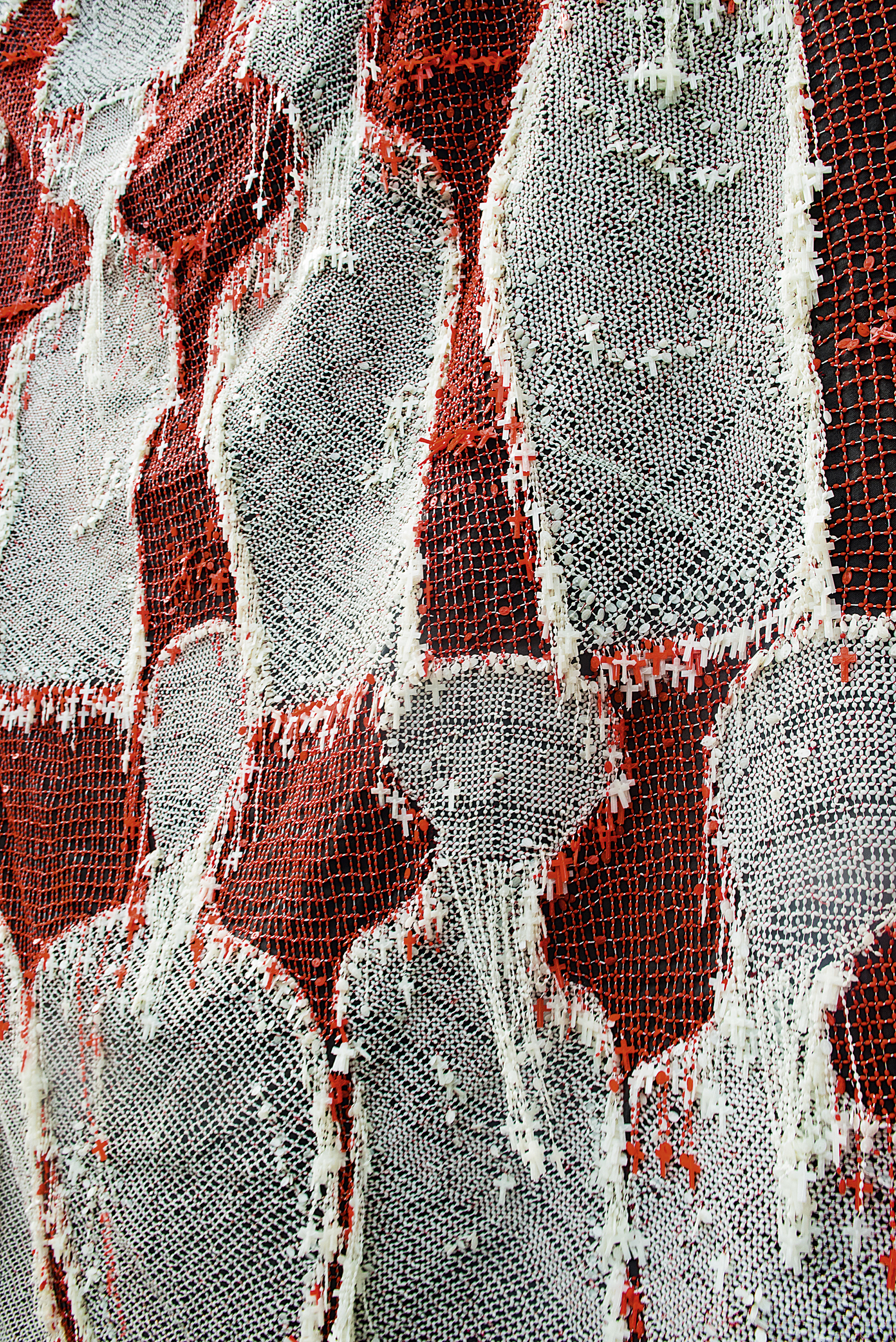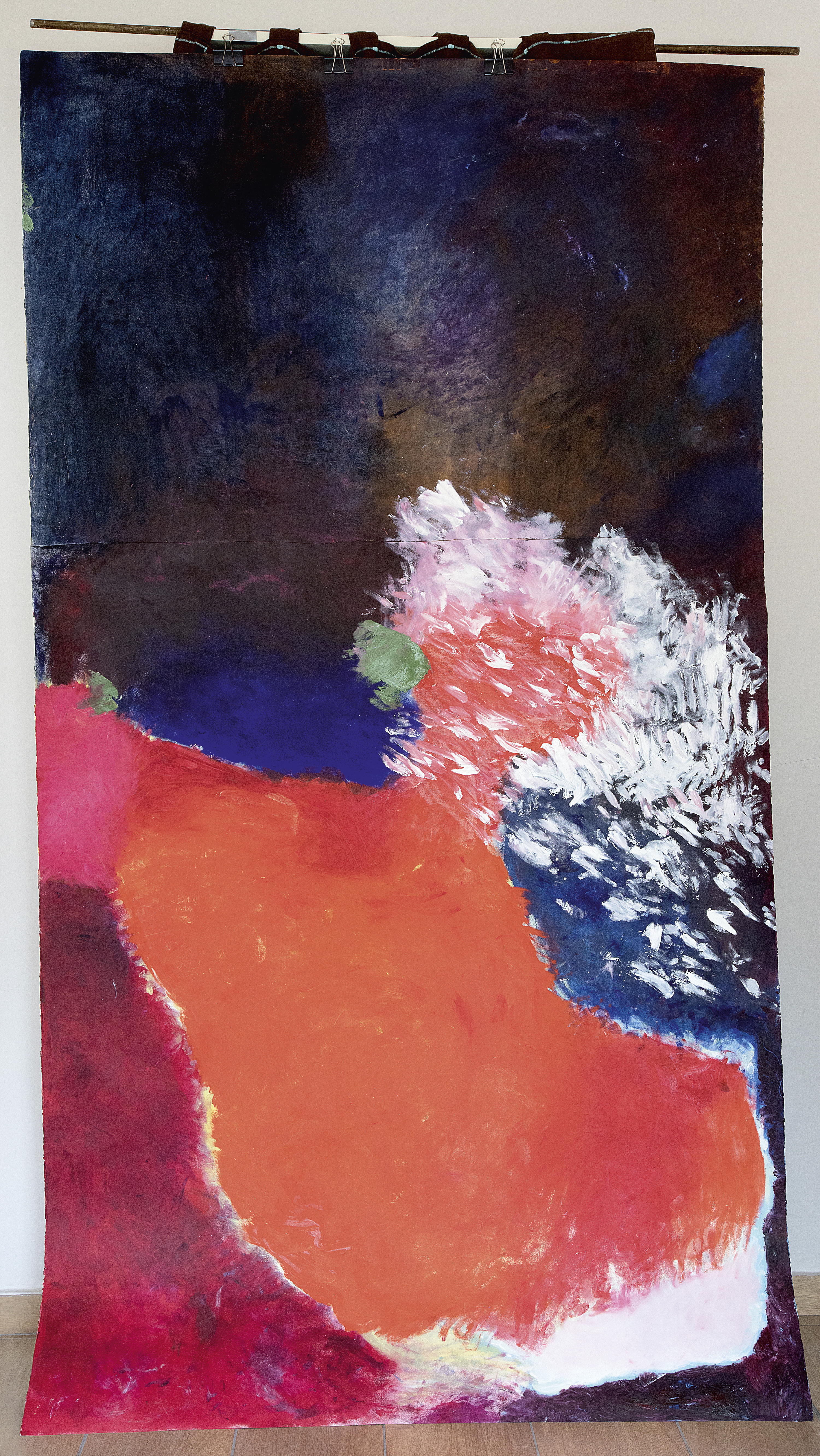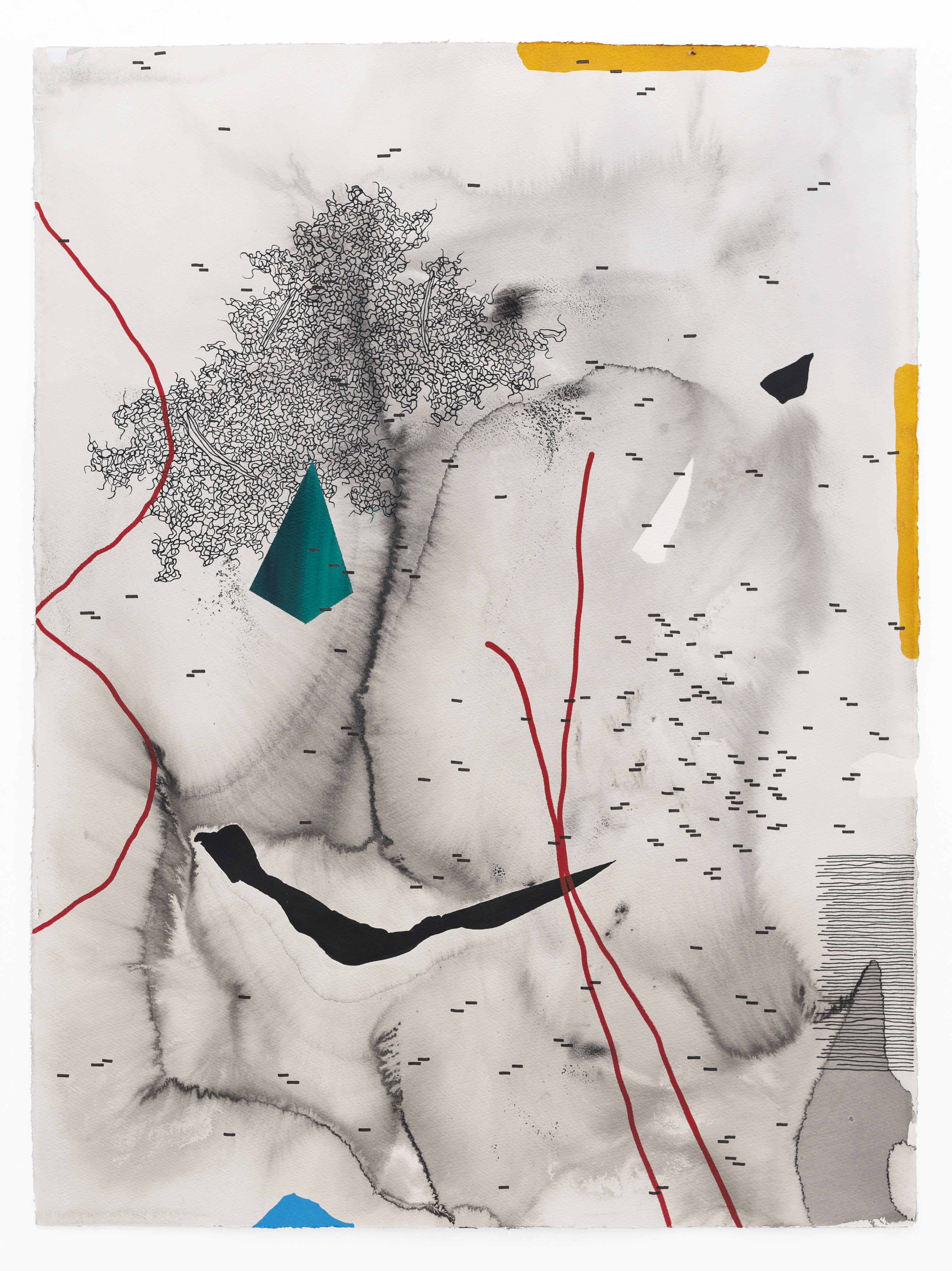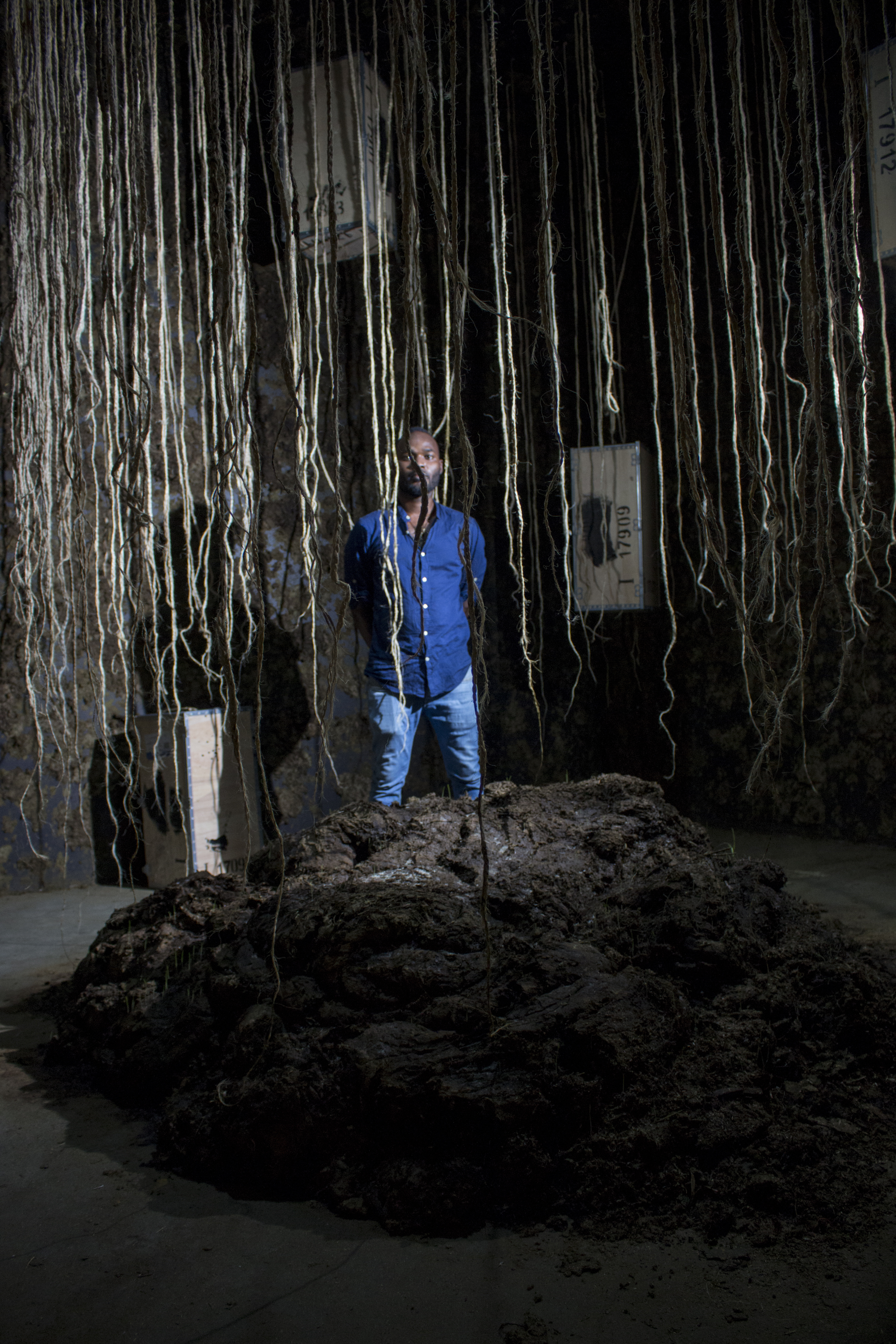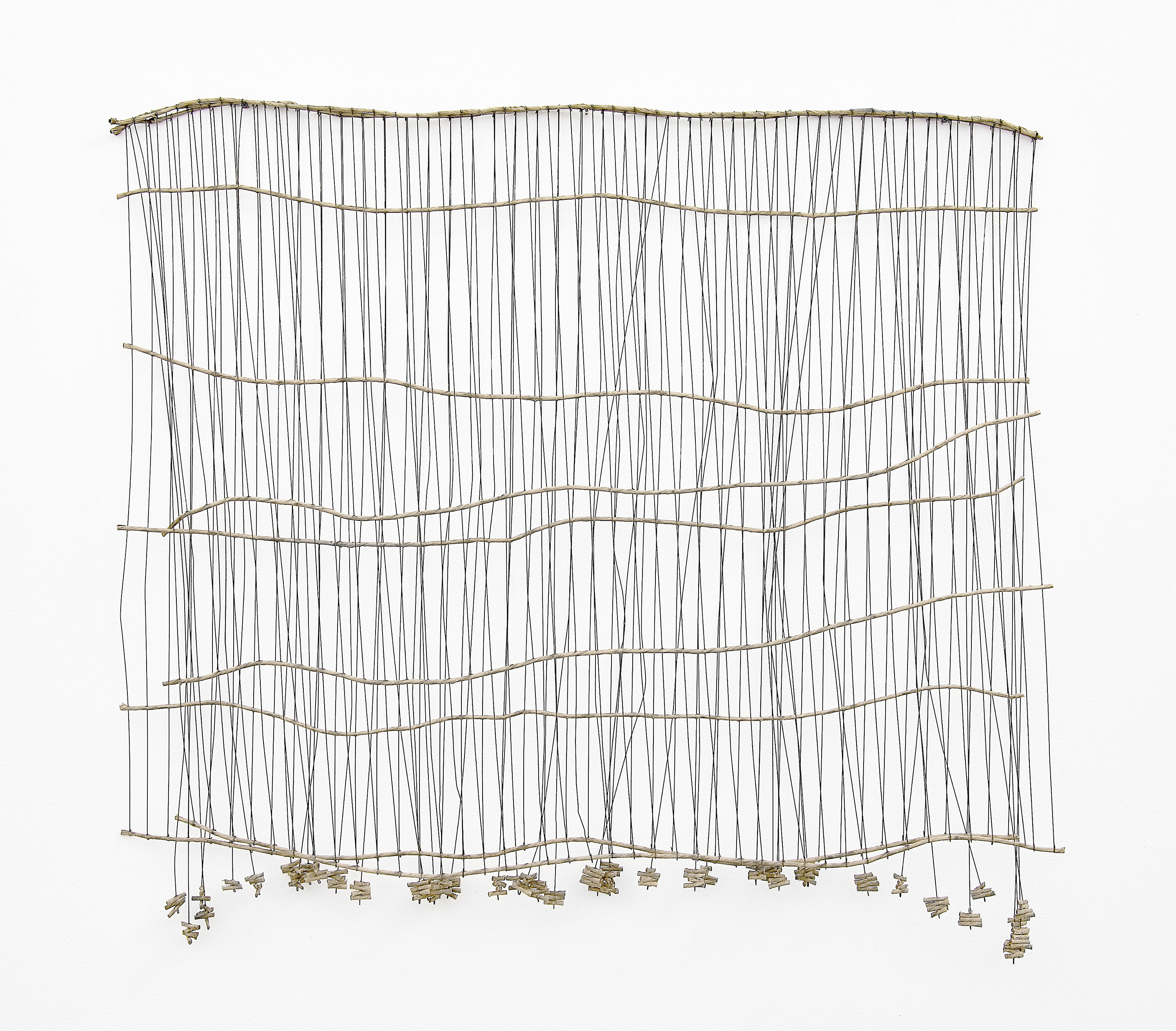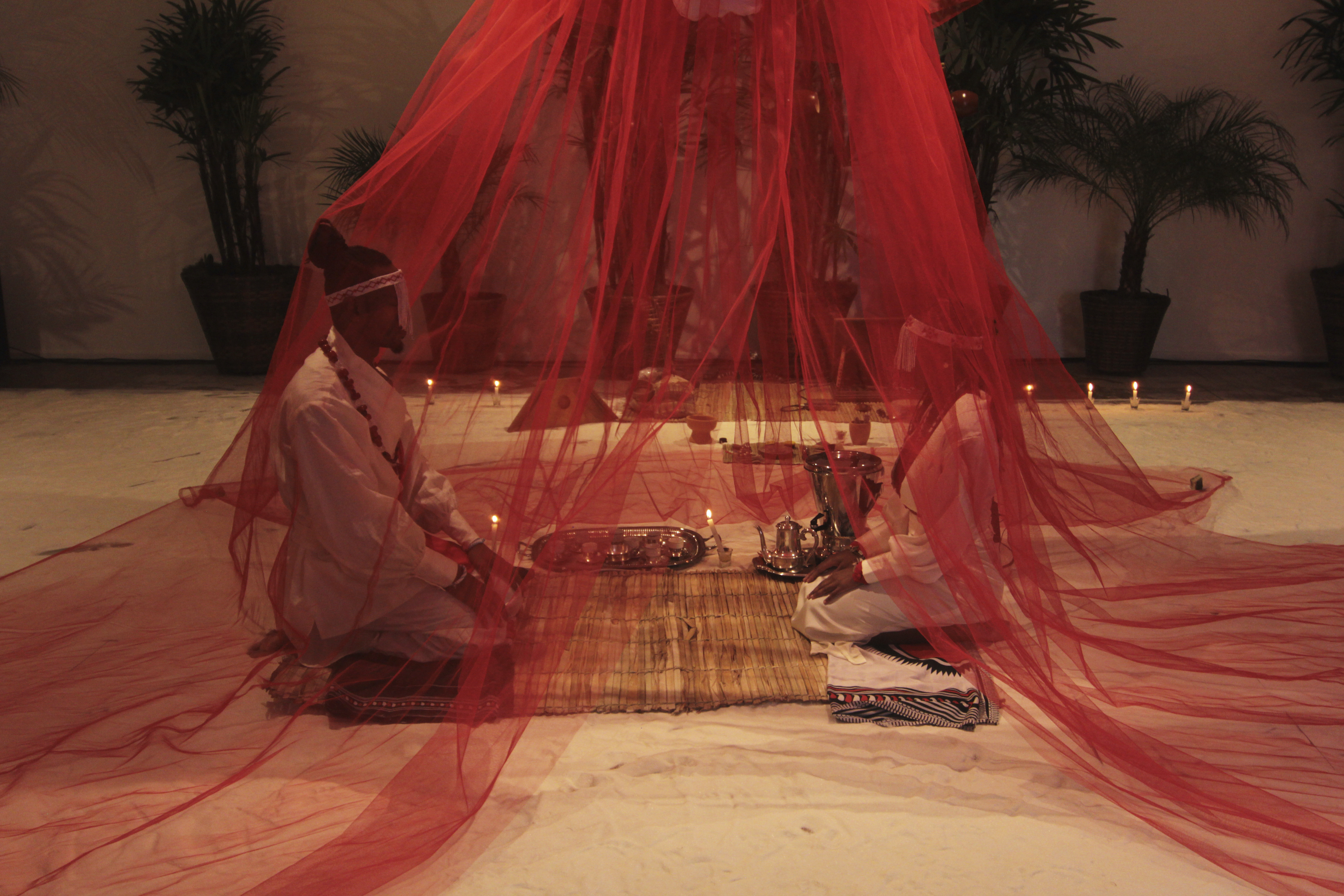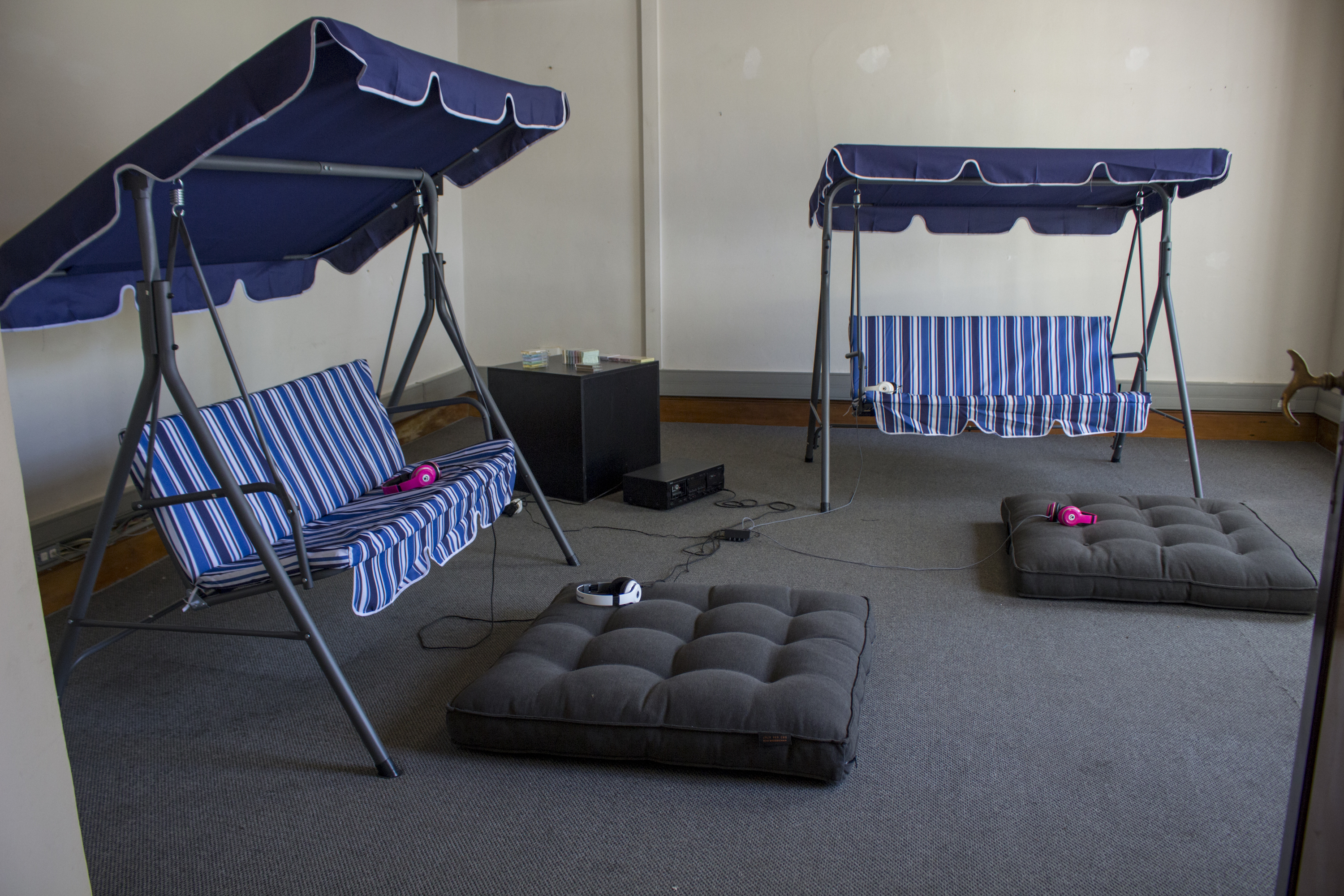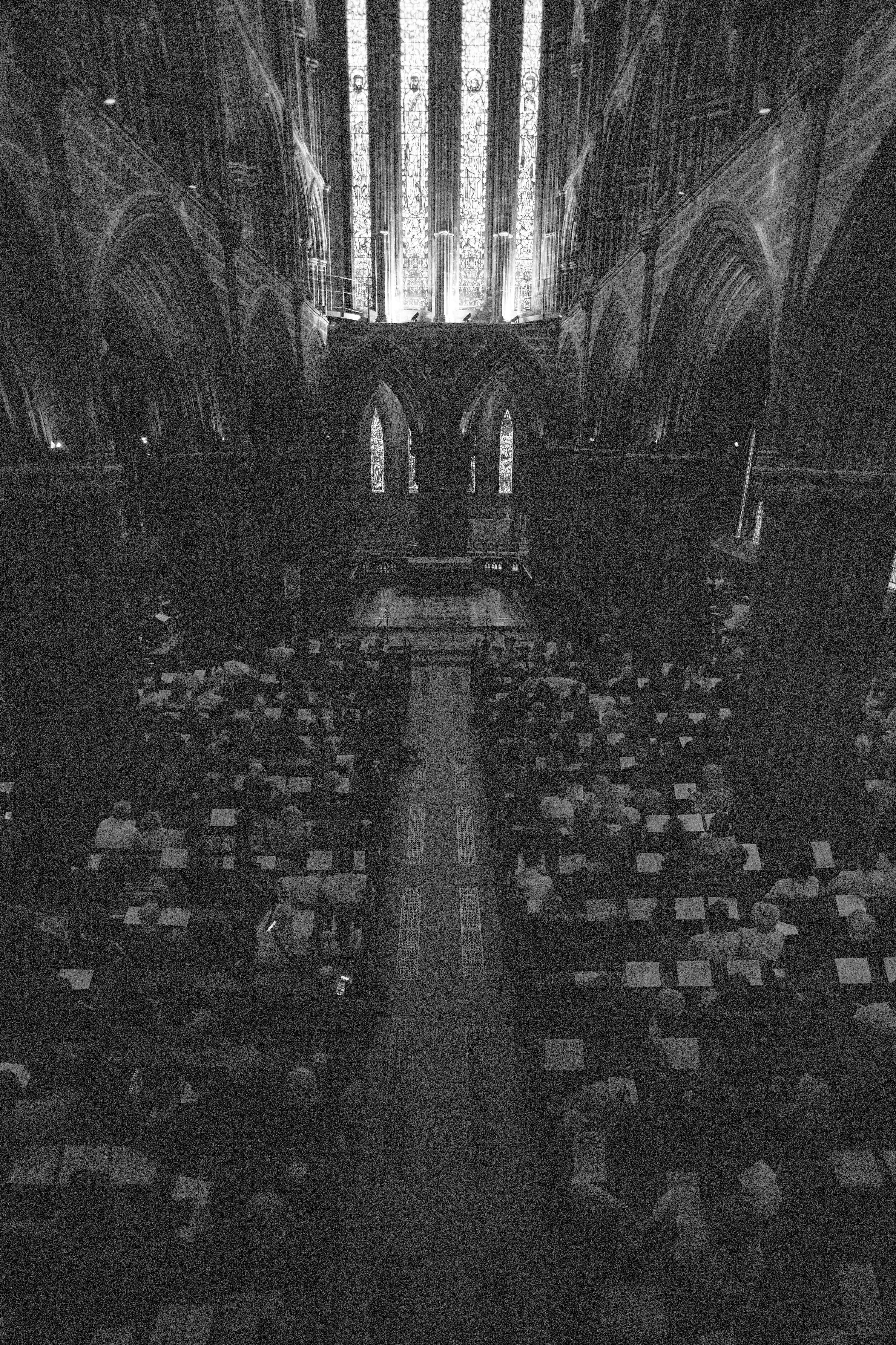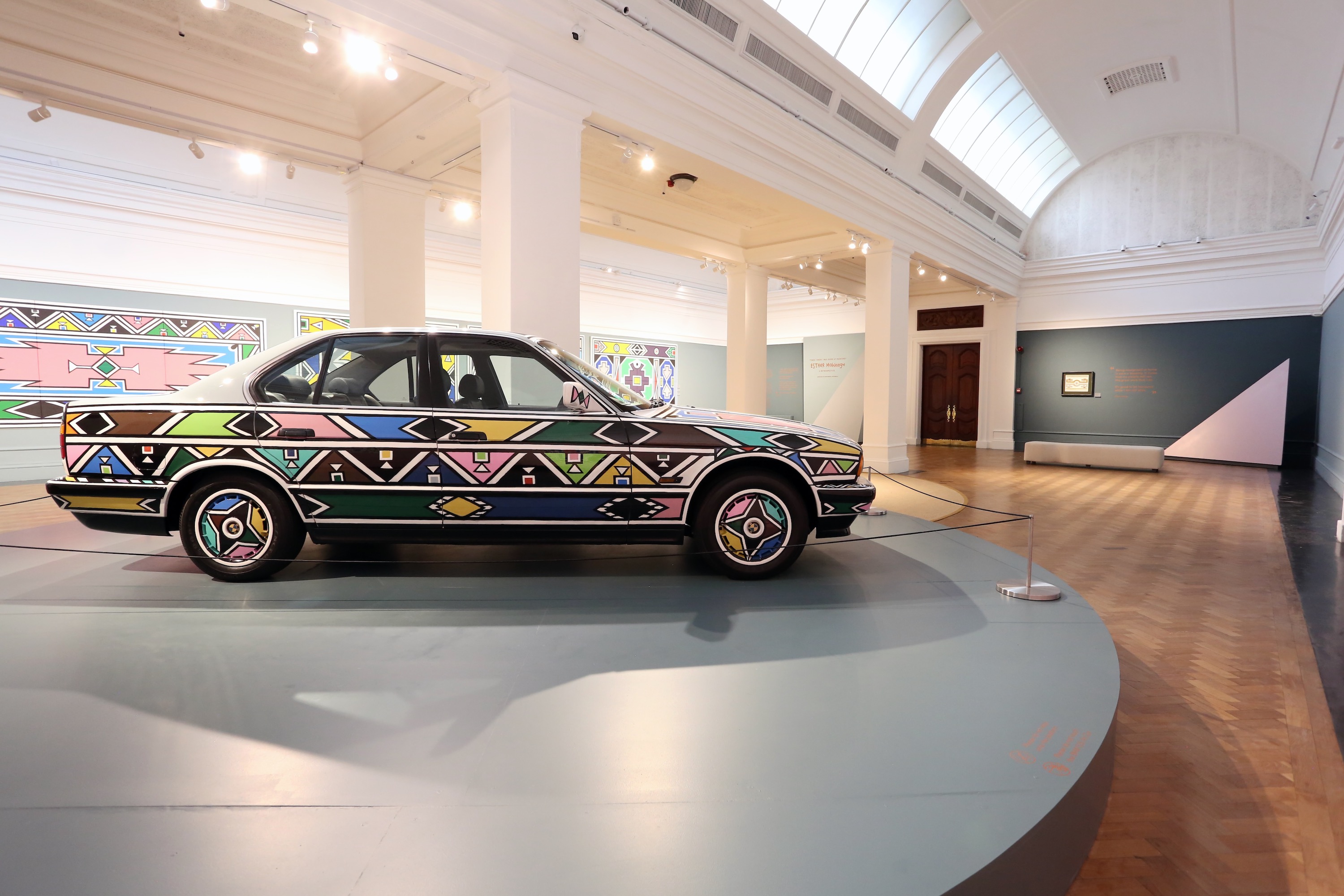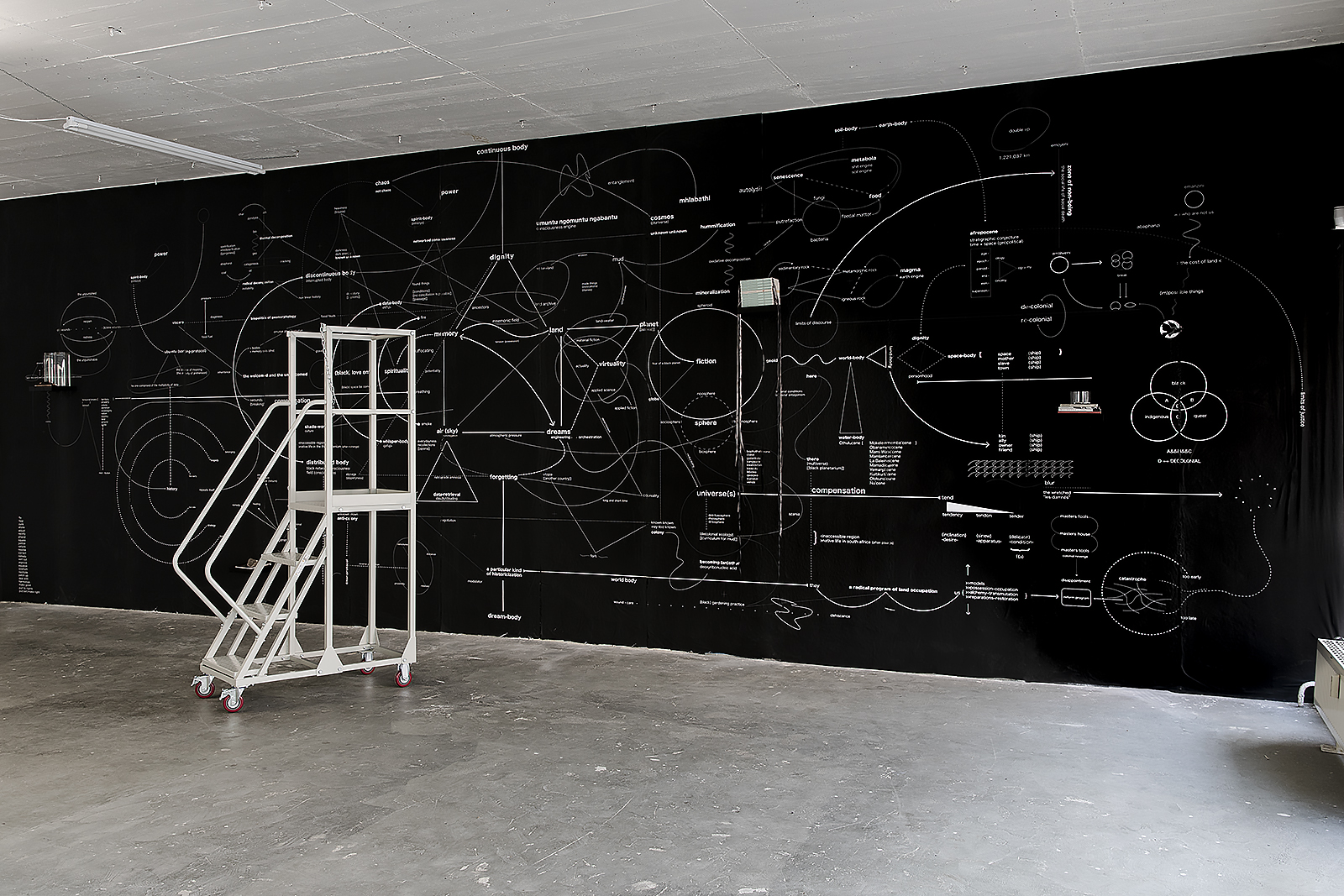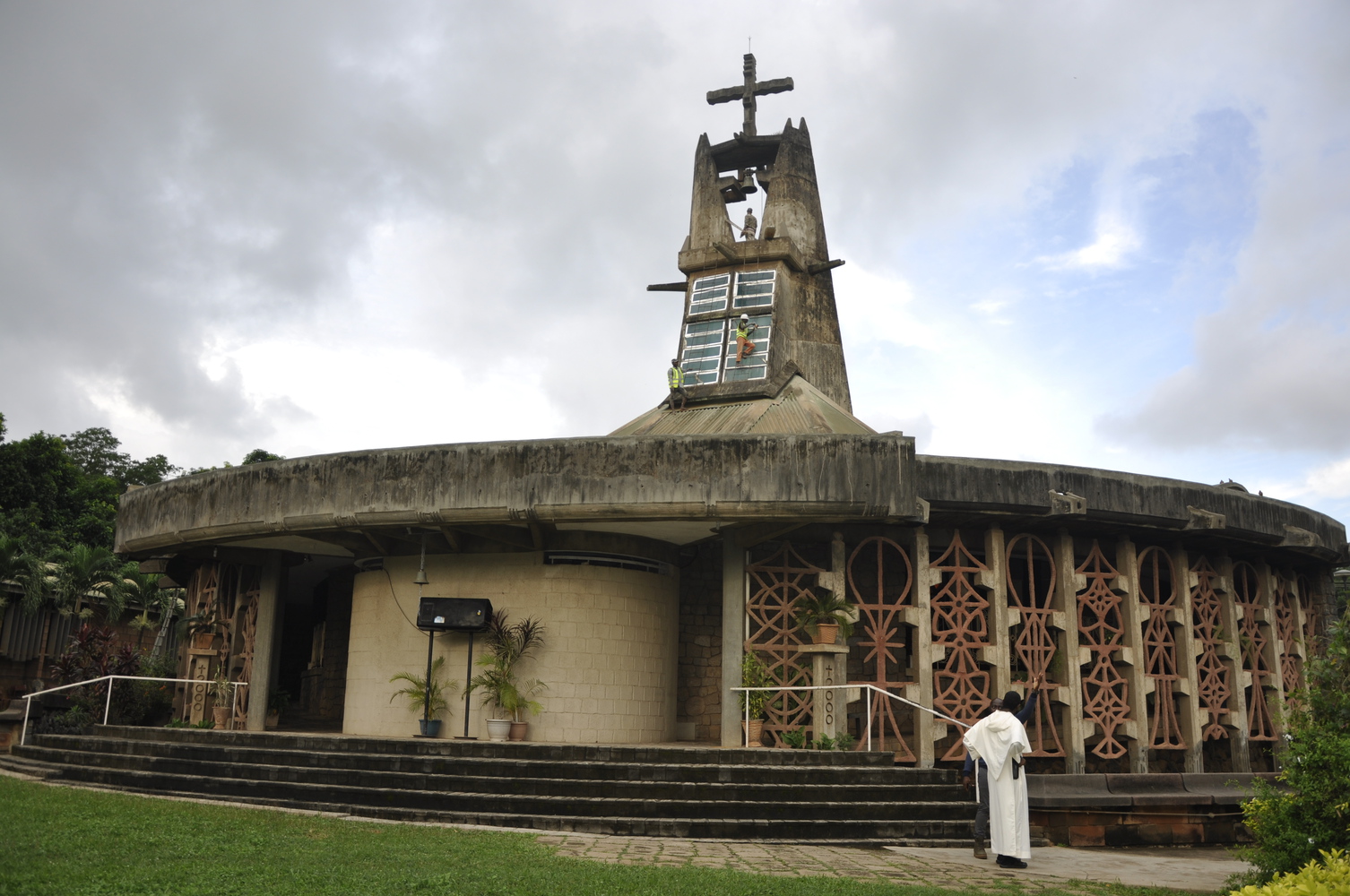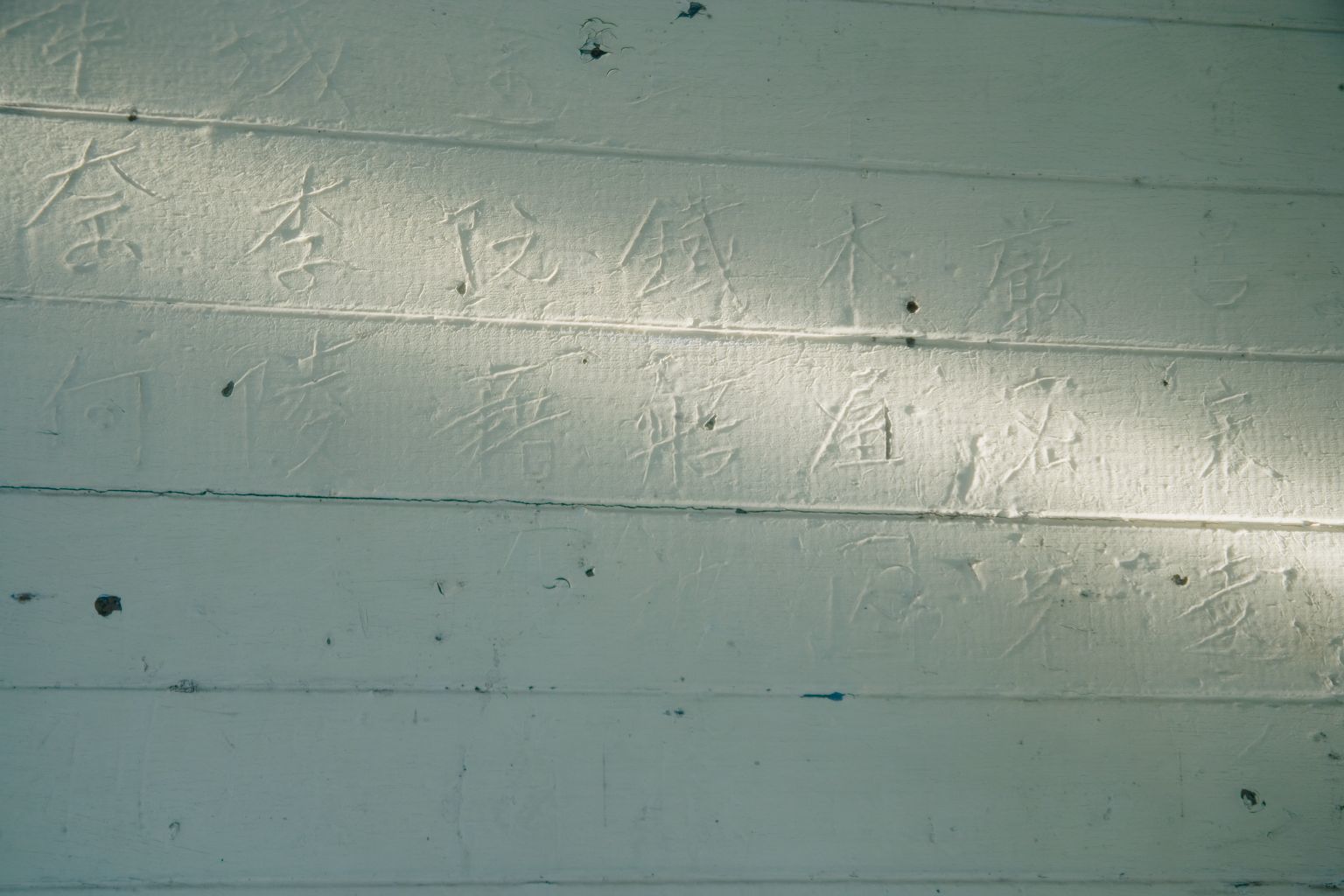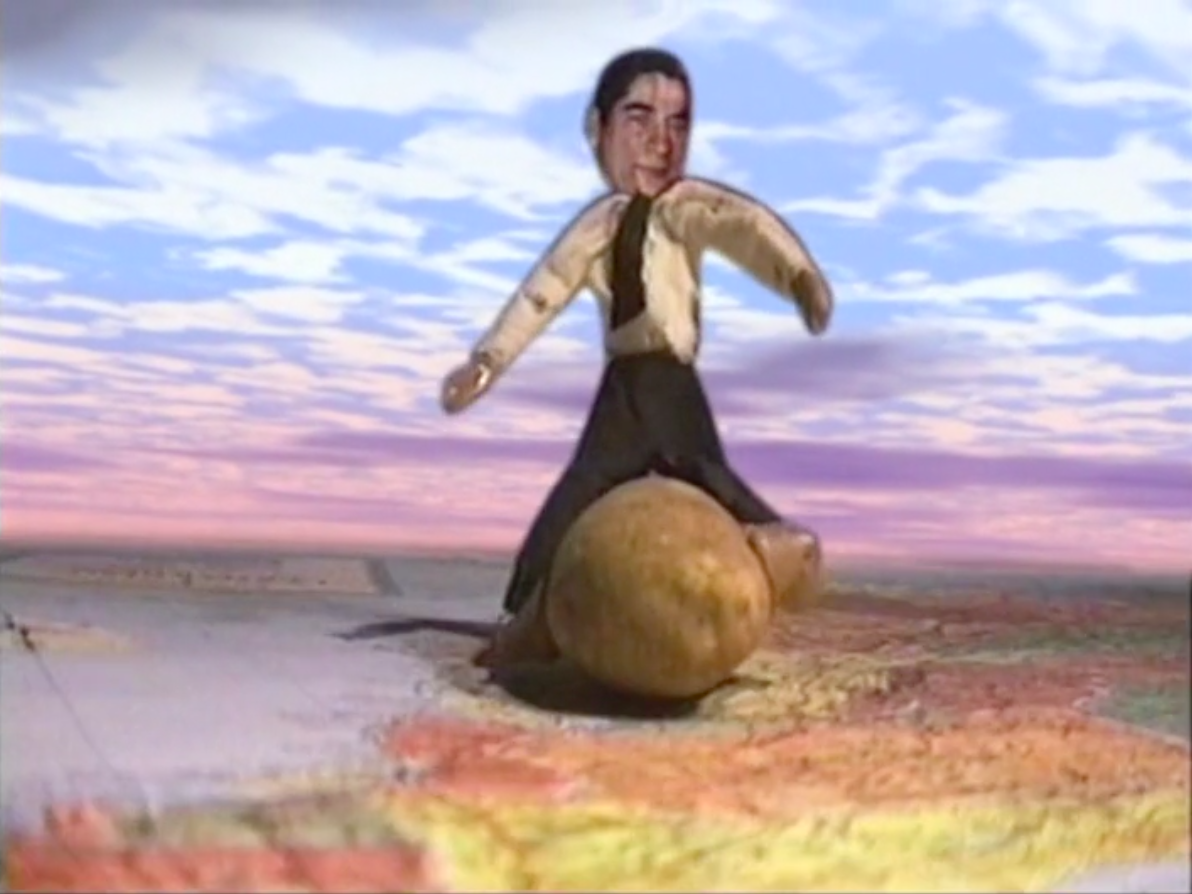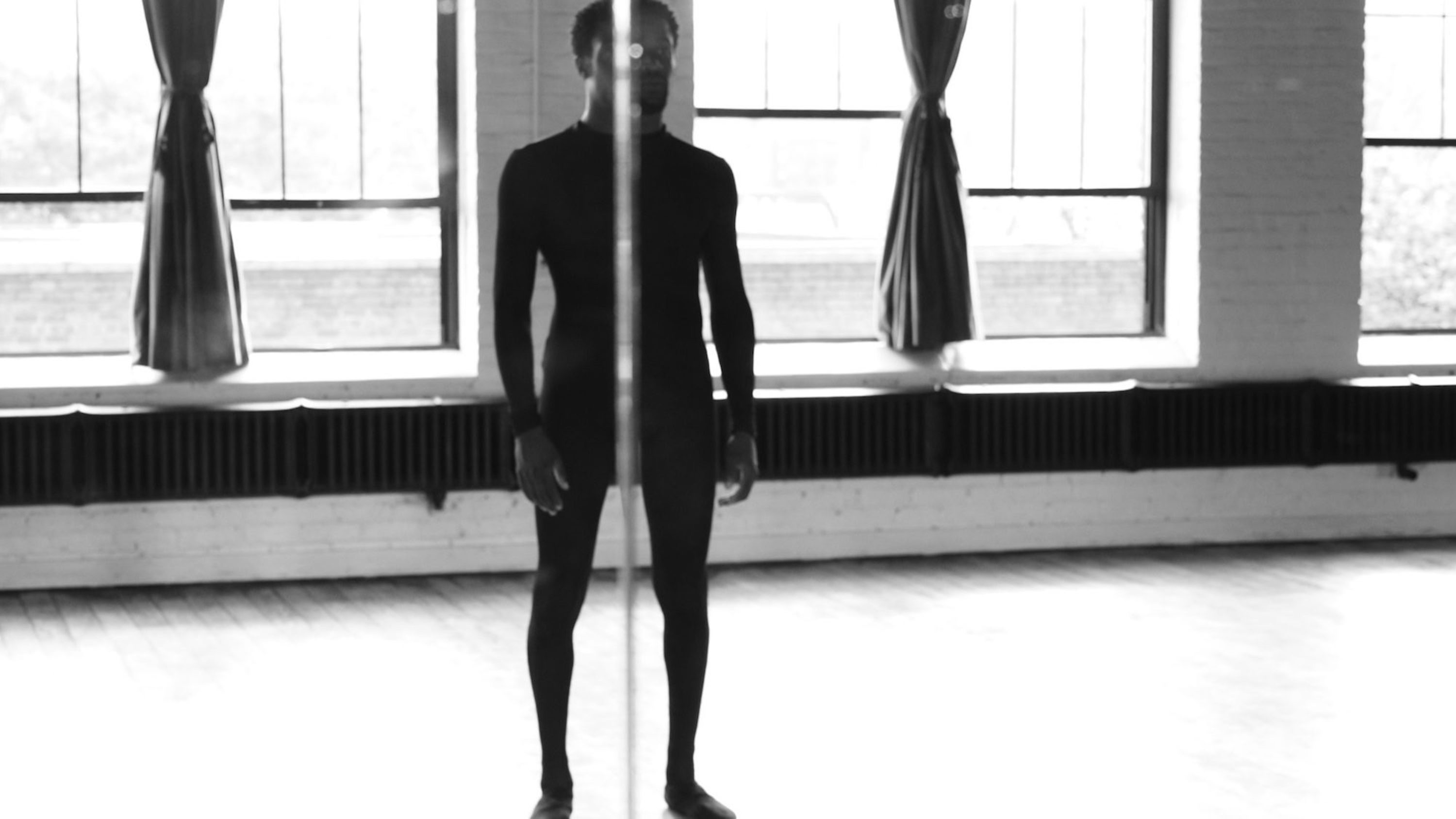February 11–April 30, 2020
Ever since the 1960s, groups of idealistic South Africans have periodically banded together to stage ambitious group exhibitions informed by the prevailing zeitgeist and framed by a promise of regular return. Yet if there is a common thread to defunct biennial and triennial expositions like Art South Africa Today (1963–75), Cape Town Triennial (1982–91), Johannesburg Biennale (1995–97), and Cape Biennale (2007–09), it is their brief nature and anemic legacy: their methods and achievements have largely been forgotten. One consequence of this weak transmission of history is that exhibitions like the newly launched Stellenbosch Triennale, a patchy but ultimately engaging project staged at various venues an hour’s drive northeast from Cape Town, end up seeming unique and even daring, particularly in an ecology dominated, over the last decade, by art fairs.
Commercialism has come to define the current zeitgeist, but that is not what makes this large-scale exhibition so of the moment. At a press conference launching the main curated exhibition, a confident showcase of twenty African artists overseen by curators Khanyisile Mbongwa and Bernard Akoi-Jackson, various speakers highlighted what curatorial advisor Jay Pather summarized as Stellenbosch’s “deeply problematic context.” A former intellectual redoubt for apartheid ideologues and bolt-hole for plutocrats in the reconstruction period, over the past year Stellenbosch has been the subject of damning journalistic exposés, as well as Eva Mazza’s muckraking pulp fiction, Sex, Lies and Stellenbosch (2019), which skewers the town’s veneer genteel manners. Saddled with this reputational deficit, the event’s largely white organizers—a local non-profit that has previously put on outdoor sculpture events—has opted to spice up the internationalism, a defining trope of post-apartheid exhibition making, with provocation.
South Africans constitute about half the exhibitors in the main show, staged in a former sawmill on the outskirts of town. Nástio Mosquito’s sound and light installation No.One.Gives.A.Mosquito’s.Ass.About.Visions (2019), a trite lament for precarious masculinity set to a dub-infected soundtrack, is one of the weakest contributions. But the architectural form of Ibrahim Mahama’s Stranger to lines II (2020), an update of a project initiated at the 2019 Lubumbashi Biennale that features ten oversized coffins created on-site from reclaimed wood obliquely propped against a wall, dialogues well with Bronwyn Katz’s nearby column, Ouma (2020), made from stacked bricks covered in soil-stained cloth.
An uncomplicated materialism also informs Kaloki Nyamai’s room environment, Mwambelelio Mweo [Your discomfort is my comfort] (2020), its central mound of local cow dung sporting fragile green shoots reaching towards suspended sisal coils. Many of the installations aspire to weightlessness. Victor Ehikhamenor’s chapel-like Saints and Sanctum (2020) integrates a wooden doorframe with three textile pieces made from Catholic rosary beads, each featuring prominent figural subjects; this assembly is suspended over a rectangular floor drawing in white chalk. Helen Nabukenya’s quilted textile piece Abalamu Baseesa Gwaka [The living keep up only the burning fire] (2020) was made in collaboration with a community of women in Kampala and is also suspended, forming a threshold to a series of outdoor works that includes a building decorated in abstract calligraphy by Ehikhamenor.
Zyma Amien is well known for her interest in seriality and labor, which she explores through the prism of Cape Town’s struggling textile industry. Her soaring installation http: 404 Not Found (2020) features two rectangular displays of larger-than-life workers’ garments in white and pink, the total of 404 soft carapaces dropping to viewer height to form a penetrable maze. Painting endures. An untitled ink and watercolor on calico composition from 2020 by Mongezi Ncaphayi is one of the highlights of this project. Suspended from the rafters near Amien’s display, his reversible work features shards of geometric orange and purple overlaying spills of green, red, and blue, with fine tendrils of line between. Wura-Natasha Ogunji’s three-part installation Everything I Ever (2020) is composed of two arrangements of abstract-expressionist color displayed at right angles with a coil of multi-colored threads on the floor forming a bridge between these event sites.
Similar to the short-lived Cape Biennale, the Stellenbosch Triennale (itself suspended after just a few weeks to prevent the spread of Covid-19) has opted for a dispersed model of engagement. Highlights from Silas Miami’s curated selection of films on “Concepts of Freedom” include Lebohang Kganye’s laconic stop-frame animation Ke sale teng (2017), composed of silhouetted figures drawn from her photographic practice that Kganye situates in various urban environments, including a train station and suburban living room. Tabita Rezaire’s Premium Connect (2017) is a low-tech collage of found sounds, images and text that coheres as a kooky meditation on techno-gnosticism. Simnikiwe Buhlungu’s Notes to Self: Mixtapenyana (2019), a listening station featuring cassette recordings from her time in London in 2019, is the pick of the bunch from “On the Cusp,” an underwhelming exhibition of emerging artists that is easily confused for the main exhibition due to its central location. One cassette details her admiration for Colombian artist Oscar Murillo. “Should I write reviews for art exhibitions?” she wonders. Buhlungu’s considered response, though, is terse: “Lol. Nah.”
Curated by Mbongwa and Mike Mavura, “From the Vault”, also part of the main program of exhibitions, is a remarkable survey of principally black artists working in the period of high apartheid (1948–90). The works on view are drawn from the collections of two universities, Stellenbosch and Fort Hare, and broadly track two opposing trajectories in South African art: figurative realism and post-painterly abstraction. George Pemba’s watercolor, The Return of the Prodigal Son (1960), locates a Christian parable in a township kitchen in the style of Norman Rockwell: a young man seated in a kitchen converses with soberly suited elders. A student of Joseph Beuys, Lucas Seage’s undated assemblage painting, African Circumcision, made from elements such as soil, burlap sack, and mixing bowl, foreshadows the voguish materialism of artists like Mahama and Igshaan Adams.
In presentations explaining her curatorial vision, Mbongwa, an artist and traditional healer who allies herself with the student movement and its decolonial imperatives, described Stellenbosch as a “wounded” and “unnatural” site, where it’s necessary to work to overcome the past, even if it means offending Stellenbosch’s white haute bourgeoisie. Mbongwa’s overarching title for the exhibitions, “Tomorrow there will be more of us,” seems to taunt xenophobic “replacement” theories that have agency in conservative white enclaves like Stellenbosch—Mbongwa, though, rejected this reading. “To speak of tomorrow,” she said at the opening, “when yesterday is to be birthed today, is to propose fixity when flux is the stuff of life.” History and circumstance dogs the Stellenbosch Triennale. Rather than avoid these issues, this scrappy project occupying public places and fusty nooks energetically confronts them to assert an expanded notion of belonging.
